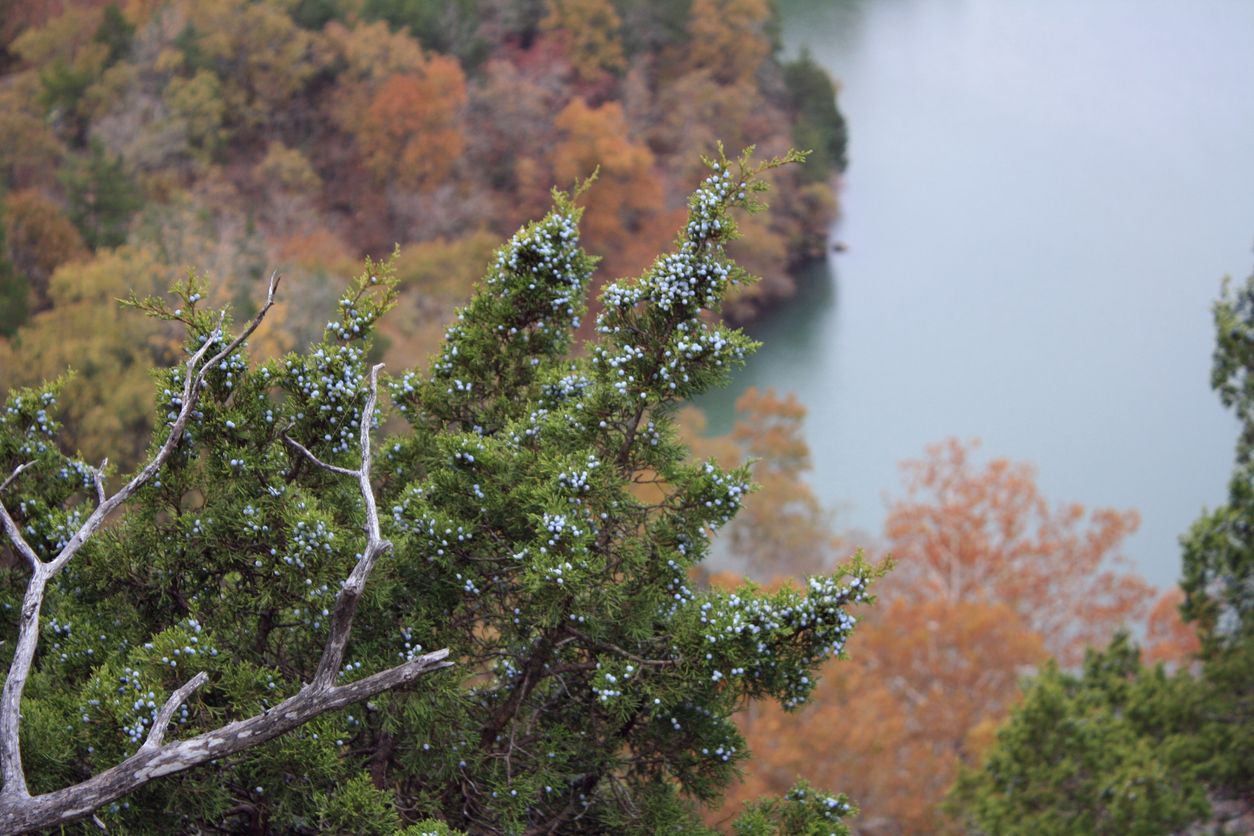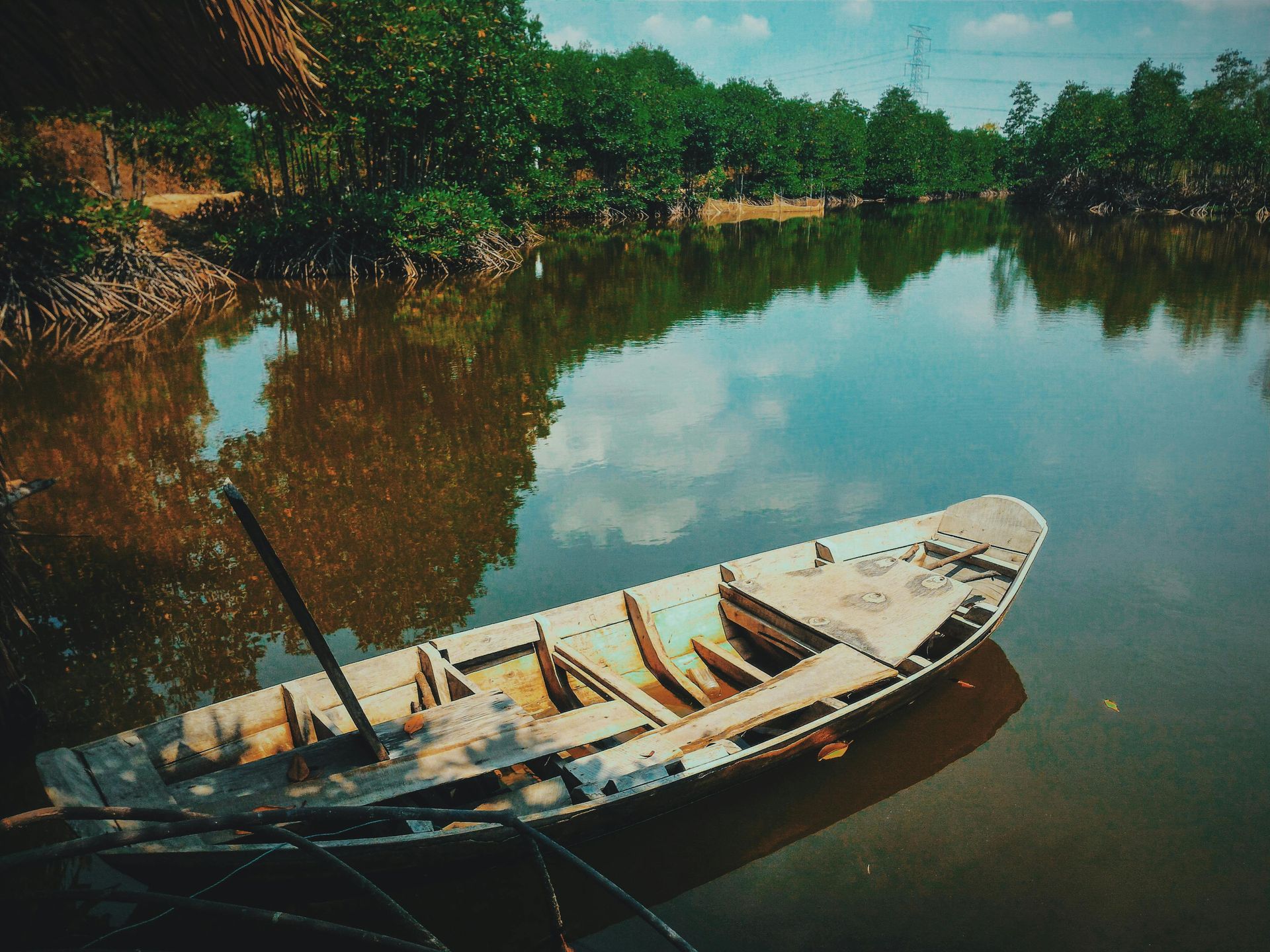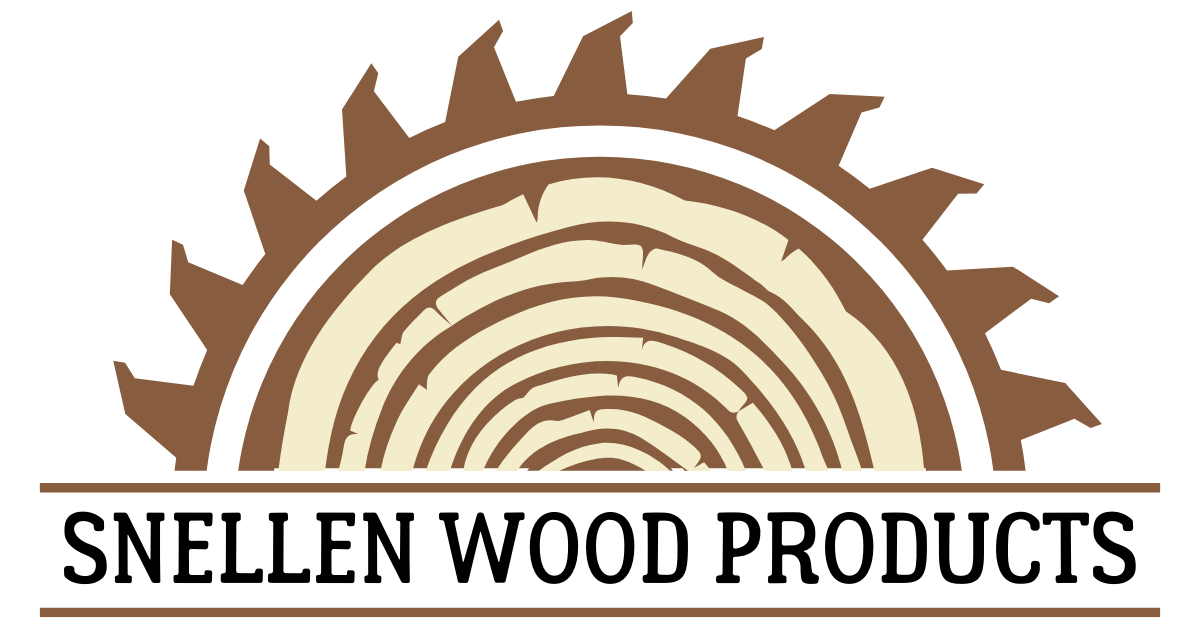The Benefits of Cedar

Why Cedar Is a Natural Choice
At Snellen Wood Products, we believe that choosing Missouri cedar goes beyond aesthetics. This remarkable tree plays a vital role in fostering a healthier ecosystem. By managing and harvesting cedar responsibly, we contribute to the restoration of native wildlife habitats and support traditional cultural practices. Cedar is not just a product; it’s a commitment to sustainability and a story that connects us all.
Sustainable, Beautiful, Essential

Restoring balance to our ecosystems
Ecological Benefits of Cedar Harvesting in Missouri
While cedar has its benefits as a building material, it’s often seen as invasive in the Missouri landscape. Eastern Red Cedar grows quickly and aggressively, crowding out native plant species and dominating glade habitats—ecosystems once rich in wildflowers, grasses, and biodiversity.
Dense cedar monocultures block sunlight, degrade soil, and offer little beyond bedding cover for wildlife. When we harvest cedar, we help restore balance:
- Opens the canopy and allows sunlight to reach the forest floor
- Encourages native shrubs and browse plants to thrive
- Improves food and cover for deer, turkey, quail, and other species
- Reclaims usable land that was once overrun by cedar thickets
Studies show that prior to European settlement, Eastern Red Cedar was rare in Missouri, limited mainly to rocky bluffs and cliffs where natural fires couldn’t reach it. But with decades of fire suppression and changing land use, cedar has spread far beyond its natural range. Responsible harvesting helps reverse this trend—and puts the wood to good use.
Native American Uses of Cedar:
A Tree of Many Traditions
For Indigenous peoples, cedar wasn’t just a material—it was a resource, a medicine, and a spiritual tool. Native American tribes used cedar in nearly every aspect of life:
Practical Uses:
- Wood for canoes, bows, tools, houses, paddles, and totem poles
- Bark for baskets, mats, rain hats, rope, and clothing
- Branches for woven items and cordage


Medicinal Uses:
- Cedar berries rich in minerals, used in teas and tonics
- Treatments for rashes, wounds, asthma, acne, eczema, and joint pain
- Natural insect repellant when burned or applied topically
Spiritual & Cultural Uses:
- Cedar incense and smudging sticks used in rituals
- Burning cedar wood to cleanse spaces and repel insects naturally

Why We Choose Cedar — And Why You Should Too
✔️
Ecologically beneficial — Supports native habitat restoration
✔️
Durable & rot-resistant — Naturally stands up to weather and time
✔️
Culturally rich — Honored in Native American tradition
✔️
Beautiful & aromatic — Each piece has character and fragrance
✔️
Sustainably sourced — Harvested with respect for the land
When you purchase a cedar product from Snellen Wood Products, you’re not just choosing a high-quality material—you’re supporting local conservation efforts, land stewardship, and a craft that’s rooted in both history and sustainability.

Frequently Asked Questions
Got questions about our custom cedar products? We’ve got answers! Here are some of the most common inquiries we receive from our customers. If you don’t find what you’re looking for, feel free to reach out to us directly!
Why is cedar considered a sustainable wood choice?
Cedar is one of the most sustainable wood options available because it grows quickly and thrives in a variety of climates. In Missouri, harvesting overgrown Eastern Red Cedar actually improves native habitats by reducing overcrowding, allowing sunlight to support the growth of more diverse plant and wildlife ecosystems.
What are the environmental benefits of harvesting cedar?
Harvesting cedar helps restore balance to local forests by thinning dense, monoculture patches that block sunlight and crowd out native species. This process improves wildlife habitat, increases usable land, and helps regenerate native trees and shrubs.
How does cedar wood naturally resist decay and insects?
Cedar contains natural oils and compounds that make it highly resistant to rot, moisture, and insects, making it ideal for both indoor and outdoor use without the need for harsh chemical treatments.
What are some traditional uses of cedar by Native Americans?
Native American tribes used cedar extensively for tools, canoes, shelter, clothing, medicine, and spiritual ceremonies. Cedar bark, berries, and wood were valued for their healing properties and symbolic connection to cleansing and protection.

